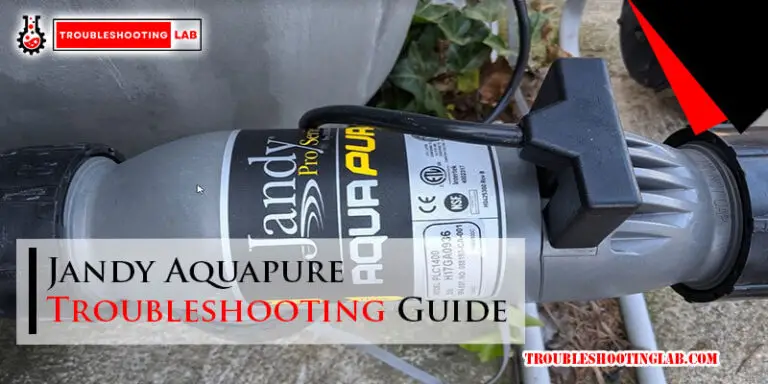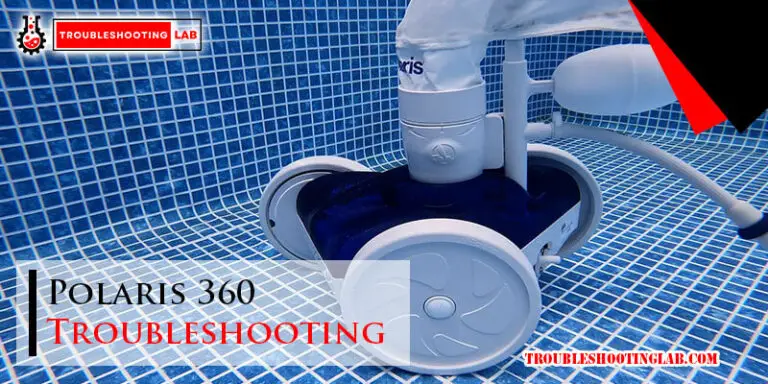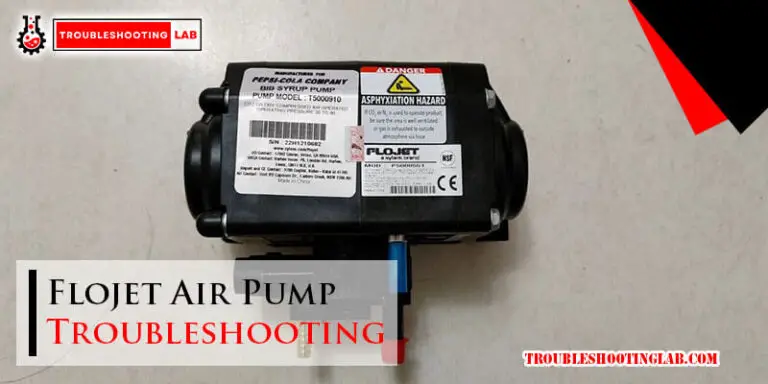Irritrol Valve Troubleshooting: Expert Tips for Quick Fixes
Irritrol valves are essential for irrigation systems. They control water flow and ensure plants get the right amount of water.
But like any device, they can malfunction. Are you facing issues with your Irritrol valve? Don’t worry. This guide will help you troubleshoot common problems. We’ll cover everything from leaks to electrical issues. Understanding these problems can save you time and money.
Plus, it helps keep your irrigation system running smoothly. So, let’s dive into Irritrol valve troubleshooting and get your system back on track.
Common Irritrol Valve Issues
Irritrol valves are reliable, but sometimes they can have issues. Knowing common problems helps in troubleshooting and fixing them quickly. Let’s look at some frequent Irritrol valve issues.
Leaking Valves
Leaking valves can waste water and cause damage. Common causes include:
- Damaged O-rings: These can wear out over time.
- Loose connections: Ensure all parts are tight.
- Cracked housing: Inspect for visible cracks.
To fix a leaking valve:
- Turn off the water supply.
- Inspect the valve for damage.
- Replace worn-out parts.
- Reassemble and test the valve.
Valve Not Opening
If a valve does not open, it can disrupt your irrigation system. Possible reasons include:
- Clogged valve: Dirt or debris may be blocking it.
- Faulty solenoid: The electrical part may need replacement.
- Wiring issues: Check for loose or broken wires.
Steps to fix a valve not opening:
- Check the power supply and connections.
- Clean any debris from the valve.
- Test the solenoid with a multimeter.
- Replace any faulty components.
Valve Not Closing
When a valve does not close, it can cause continuous water flow. Common causes are:
- Debris in the valve: Small particles can prevent closure.
- Faulty diaphragm: This part may be worn out.
- Electrical issues: The solenoid may not be receiving signals.
To address a valve not closing:
- Turn off the water supply.
- Disassemble the valve and clean it.
- Inspect the diaphragm and replace if needed.
- Check the solenoid and wiring.
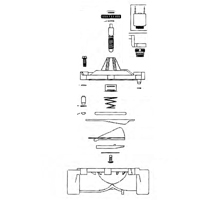
Credit: www.dbcirrigation.com
Tools Needed For Troubleshooting
When dealing with Irritrol valve troubleshooting, having the right tools is crucial. Proper tools ensure a smoother and faster process. This guide breaks down the essential tools into basic and specialized categories.
Basic Tools
Basic tools are necessary for initial inspection and minor adjustments. These tools are easy to find and use:
- Screwdriver Set: Both flathead and Phillips are needed.
- Adjustable Wrench: Useful for loosening or tightening nuts and bolts.
- Pliers: Ideal for gripping and bending components.
- Multimeter: To check electrical continuity and voltage.
- Flashlight: For better visibility in dark or shaded areas.
Specialized Tools
Specialized tools are designed specifically for valve troubleshooting. They ensure accuracy and efficiency:
- Pressure Gauge: Measures water pressure in the system.
- Valve Key: Used to open and close manual valves.
- Wire Strippers: For cutting and stripping wires cleanly.
- Solenoid Tester: Checks the functionality of the solenoid coil.
- Flow Meter: Monitors the flow rate of water through the valves.
With these tools, you are well-equipped to handle most Irritrol valve issues. Always keep them organized and ready for use.
Pre-troubleshooting Checks
Pre-troubleshooting checks are essential for identifying Irritrol valve issues. Simple inspections and tests can save you time and effort. Begin by examining the system thoroughly. Ensure every component is in good condition.
Inspecting The System
First, look at the valve. Is it clean and free of debris? Dirt and debris can cause malfunctions. Check for visible wear and tear. Ensure all parts are secure. Loose parts can affect the valve’s performance.
Next, inspect the connections. Ensure hoses and pipes are properly attached. Look for leaks or cracks. These can cause pressure problems. Make sure the valve is installed correctly. Incorrect installation can lead to failures.
Checking The Power Source
Ensure the valve has power. Check the power source. Is it working? Faulty power can stop the valve from operating. Inspect the electrical connections. Make sure they are tight and secure.
Next, test the power supply. Use a voltmeter. Check if the valve is getting the correct voltage. Incorrect voltage can cause issues. Ensure the timer is set correctly. Incorrect settings can affect the valve’s function.
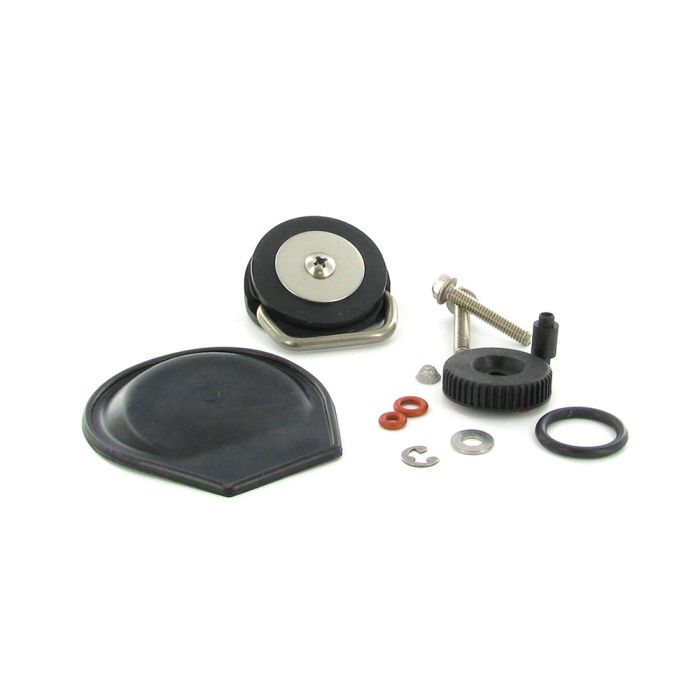
Credit: www.sprinklerwarehouse.com
Fixing Leaking Valves
Leaking valves can cause many problems in your irrigation system. They waste water and can damage plants. Fixing them quickly is important. There are a few common reasons why valves leak. Two main reasons include a worn diaphragm and loose connections.
Replacing The Diaphragm
A worn diaphragm is a common cause of leaks. First, turn off the water supply. Next, remove the valve cover. You will see the diaphragm inside. Take it out and inspect it. If it looks old or damaged, replace it with a new one. Reassemble the valve and turn the water back on. This should stop the leaking.
Tightening Connections
Loose connections can also cause leaks. Check all the connections on your valve. Look at the screws and fittings. Tighten any that are loose. Use a wrench if needed. Be careful not to over-tighten. Over-tightening can cause more damage. After tightening, turn the water back on. Check if the valve still leaks. If not, your problem is solved.
Resolving Valve Not Opening Issues
Experiencing issues with your Irritrol valve not opening? This common problem can disrupt your irrigation system. But don’t worry, many of these issues can be fixed with basic troubleshooting. Follow these steps to get your valve working again.
Cleaning The Solenoid
The solenoid is a crucial part of the valve. It controls the flow of water. If the valve doesn’t open, the solenoid might be dirty. First, turn off the water supply. Then, locate the solenoid. It’s usually at the top of the valve. Unscrew it carefully. Check for debris or dirt inside. Clean it gently using a soft brush. Rinse with clean water. Reassemble the solenoid. Turn the water back on. Test the valve. If it opens, you’ve solved the problem.
Checking Water Pressure
Low water pressure can prevent the valve from opening. Check your water pressure using a pressure gauge. Attach the gauge to the nearest spigot. Turn on the water. Read the gauge. Ideal pressure is between 40 and 60 psi. If the pressure is too low, inspect your water supply system. Look for leaks or clogs in the pipes. Fix any issues you find. Increasing the water pressure can help the valve open properly. Remember, regular maintenance can prevent these issues.

Credit: www.youtube.com
Solving Valve Not Closing Problems
Irritrol valves sometimes face issues like not closing correctly. This can lead to water waste and higher bills. Understanding the problem’s root can help in fixing it. Below, we will explore two main areas to inspect: clearing debris and testing the solenoid. These steps can help solve the issue efficiently.
Clearing Debris
Debris can clog Irritrol valves and stop them from closing. First, turn off the water supply. Then, remove the valve bonnet and diaphragm. Check for any dirt or debris inside the valve body. Use a soft brush or cloth to clean it thoroughly. Sometimes, even small particles can cause the valve to malfunction.
After cleaning, reassemble the valve and turn the water supply back on. Test the valve to see if it closes properly. If not, there may be more debris or another issue. Regular cleaning can help prevent these problems.
Testing The Solenoid
The solenoid controls the valve opening and closing. A faulty solenoid might cause the valve to stay open. To test it, turn off the water supply first. Then, disconnect the solenoid wires. Use a multimeter to check the solenoid’s resistance. It should read between 20-60 ohms. If the reading is out of this range, replace the solenoid.
If the solenoid is working fine, reconnect the wires and turn on the water supply. Test the valve again. A working solenoid should help the valve function correctly. If the problem persists, there might be an issue with the controller or wiring.
Regular maintenance and testing can keep your Irritrol valves in good shape. Always check for debris and ensure the solenoid is functioning. These steps can help solve most valve not closing problems.
Maintaining Irritrol Valves
Regular maintenance of Irritrol valves ensures they work efficiently. It prolongs their lifespan and prevents costly repairs. Focus on regular cleaning and seasonal checks to keep your Irritrol valves in top condition.
Regular Cleaning
Keeping your Irritrol valves clean is crucial for their performance. Dirt and debris can block the valve and reduce its efficiency. Follow these steps to clean your valves:
- Turn off the water supply.
- Remove the valve cover.
- Use a soft brush to clean inside the valve.
- Rinse with clean water.
- Reassemble the valve and turn the water back on.
Perform this cleaning process every few months to ensure optimal performance. Regular cleaning helps you spot any potential issues early.
Seasonal Checks
Seasonal checks are important for maintaining Irritrol valves. These checks ensure the valves are ready for changing weather conditions. Follow these steps for seasonal checks:
- Inspect the valve for any visible damage.
- Check for leaks around the valve.
- Test the valve’s operation by running water through it.
- Ensure the valve opens and closes smoothly.
- Replace any worn or damaged parts.
Conduct these checks at the start of each season. For example, before summer and winter. Seasonal checks help you prevent unexpected failures and ensure smooth operation throughout the year.
By following these simple maintenance tips, you can keep your Irritrol valves in excellent condition. Regular cleaning and seasonal checks are key to their longevity and performance.
When To Call A Professional
Call a professional if your Irritrol valve troubleshooting efforts don’t fix the issue. Leaks or electrical problems need expert attention. This ensures your irrigation system works correctly.
When dealing with Irritrol valve issues, some problems are easy to fix. But, there are times when calling a professional is necessary. This section helps you know when to seek expert help.Identifying Complex Issues
Some valve problems can be tricky. If you notice a leak that won’t stop, it might be a sign of a bigger issue. Hearing strange noises? That’s another red flag. Water flow issues can also be complex. If water pressure is too low or too high, it might need expert attention. Don’t try to fix electrical problems yourself. These can be dangerous.Finding A Reliable Technician
Search for technicians with good reviews. Check online ratings. Ask friends for recommendations. Make sure they have experience with Irritrol valves. A reliable technician will diagnose the problem quickly. They will also provide a clear estimate. This helps you understand the cost before work begins. Choose someone who communicates well. This ensures you know what is happening each step of the way. “`Frequently Asked Questions
How Do I Identify A Faulty Irritrol Valve?
Check for leaks or unusual sounds. The valve may not open or close properly.
Why Is My Irritrol Valve Not Turning On?
Possible causes: electrical issues, debris blocking the valve, or a damaged solenoid.
How Can I Fix A Leaking Irritrol Valve?
Tighten connections, replace damaged seals, or clean debris from the valve to stop leaks.
What Tools Do I Need For Irritrol Valve Repair?
You’ll need pliers, a screwdriver, and possibly a multimeter to check electrical connections.
Can I Clean My Irritrol Valve Without Professional Help?
Yes, you can. Turn off the water supply, disassemble the valve, and remove any debris.
Conclusion
Solving Irritrol valve issues can be simple with the right knowledge. Follow the steps shared in this guide. Pay attention to common signs and symptoms. Regular maintenance ensures your valve works efficiently. Troubleshoot problems early to avoid costly repairs. Always consult your manual for specific instructions.
This approach saves you time and stress. Keep your irrigation system running smoothly. Happy gardening!



